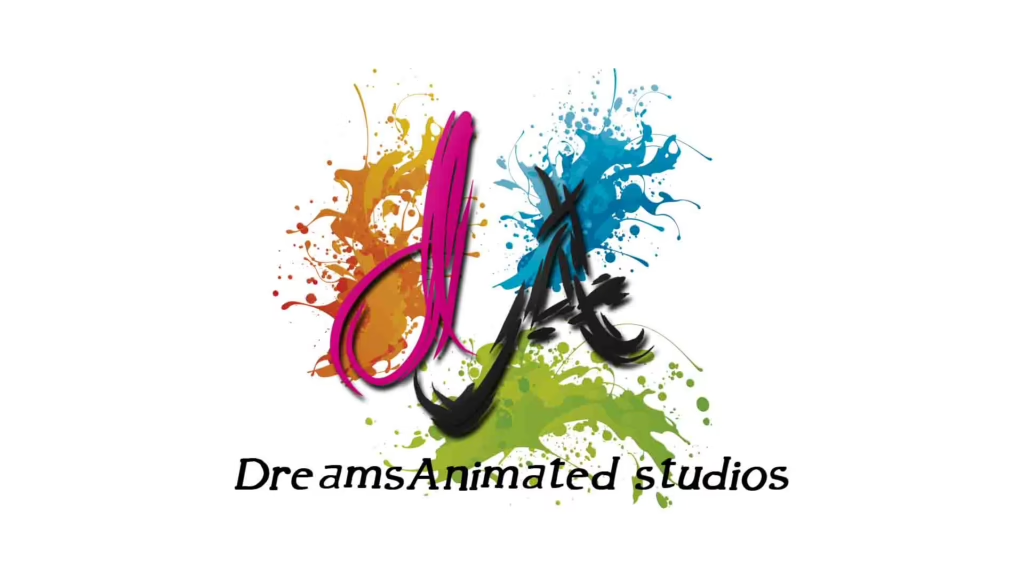There are numerous software applications used for graphic designing, each offering unique features and capabilities. Here are some popular ones :

Adobe Creative Cloud:
- Adobe Photoshop: For photo editing and manipulation.
- Adobe Illustrator: Primarily for vector-based graphics.
- Adobe InDesign: Used for desktop publishing and page layout.
- Adobe XD: Focused on user experience and interface design.
- Adobe Premiere Pro and Adobe After Effects: Video editing and motion graphics.

CorelDRAW: A vector graphics editor suitable for illustration and page layout.

Affinity Designer: A vector graphics editor comparable to Adobe Illustrator
.

GIMP (GNU Image Manipulation Program): An open-source raster graphics editor similar to Photoshop.

Inkscape: An open-source vector graphics editor.

Canva: An online graphic design tool with a user-friendly interface for creating social media graphics, posters, and more.

Sketch: A vector-based design tool primarily used for UI and UX design.

Figma: An online collaborative design tool for UI/UX design and prototyping.

Procreate: Designed for digital illustration and painting on tablets, especially popular among artists.

Autocad: Primarily used for computer-aided design (CAD) and drafting in architecture and engineering.

Blender: Initially known for 3D modeling and animation, Blender has evolved into a comprehensive open-source 3D content creation suite.

Cinema 4D: A 3D modeling, animation, and rendering application often used in motion graphics and visual effects.

Affinity Photo:
- A raster graphics editor from the Affinity suite, similar to Adobe Photoshop.
The choice of software depends on the specific needs of the designer, the type of projects they are working on, and personal preferences. Some designers use a combination of these tools for different aspects of their work.







